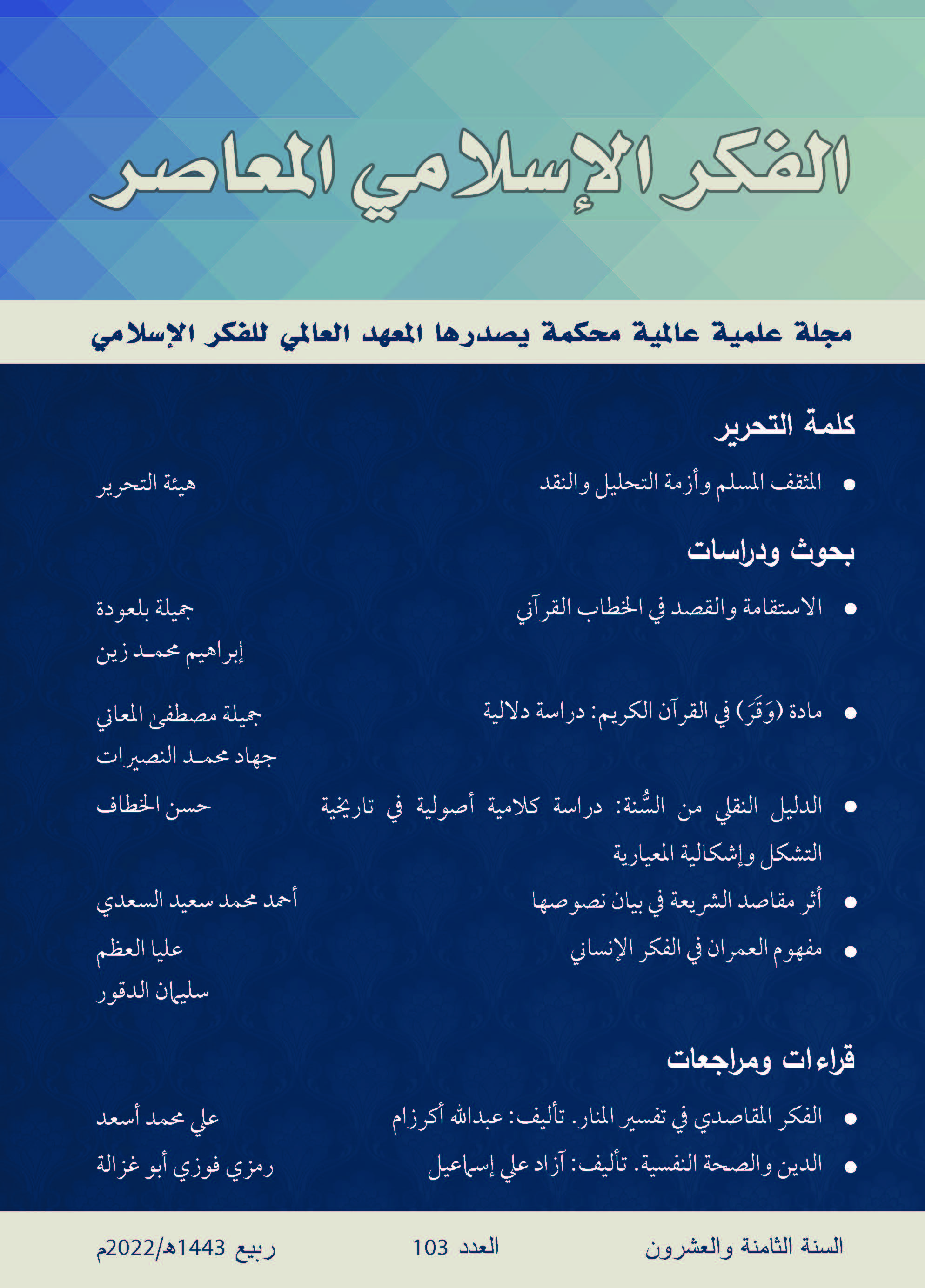Abstract
The theological and hermeneutical evidence related to the Sunnah is derived from hadith reports that are deemed to be either tawātur (transmitted with cumulative authenticity and thus considered of certain attribution), aḥād (of singular transmission), or mashhūr (well-known, generally accepted, vastly circulated). However, the formation of these terms (tawātur, aḥād, and mashhūr) and their definitions pose challenges for scholars. This study reveals that these terms were formed in the middle of the second Hijri century by Wāṣil ibn ʿAṭāʾ (d. 131/748), founder of the Muʿtazilah school, and Abū Ḥanīfah (d. 150/767), founder of the Ḥanafī school. The terms were meant to determine the intellectual boundaries and their evidence in the doctrinal aspect, as well as to decide what is included in the concept of following the example of the Prophet (peace and blessings be upon him), and its types in the mandated aspect as explained by the uṣūlī scholars (jurists qualified in Islamic legal theory and trained to formulate law from the hermeneutic principles of jurisprudence). The study contends that there was no agreement on the exact definition of these technical terms and that they overlap each other; thus, differentiating among them is more subjective than normative. The study also uncovers the existence of terms - during formation - that are different in nomenclature and the same in significance, such as mashhūr with maʿrūf and mustafīd, and aḥād with shādhdh (irregular hadith) occasionally. This study utilizes several approaches, most notably, the analytical and the critical.





